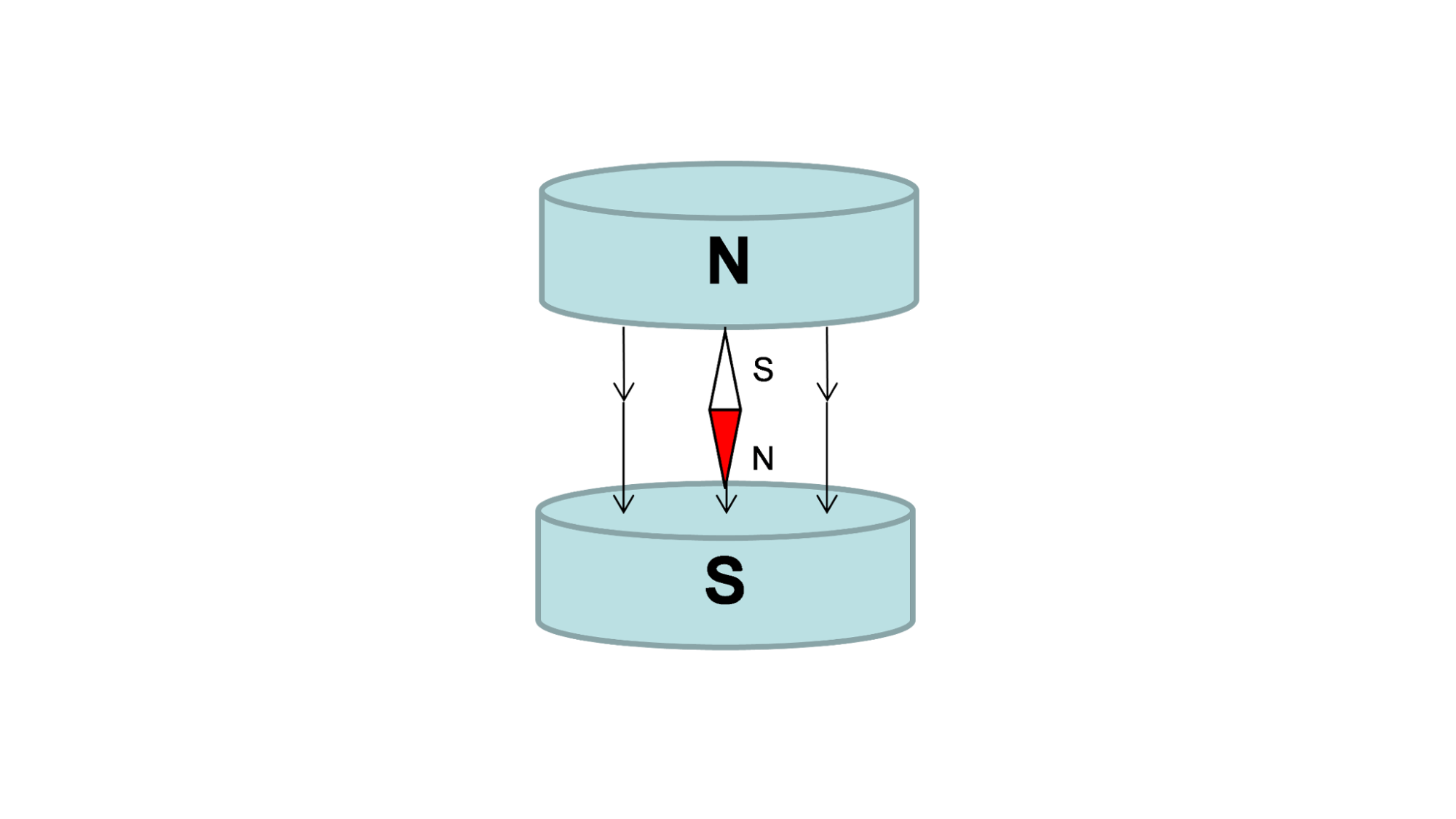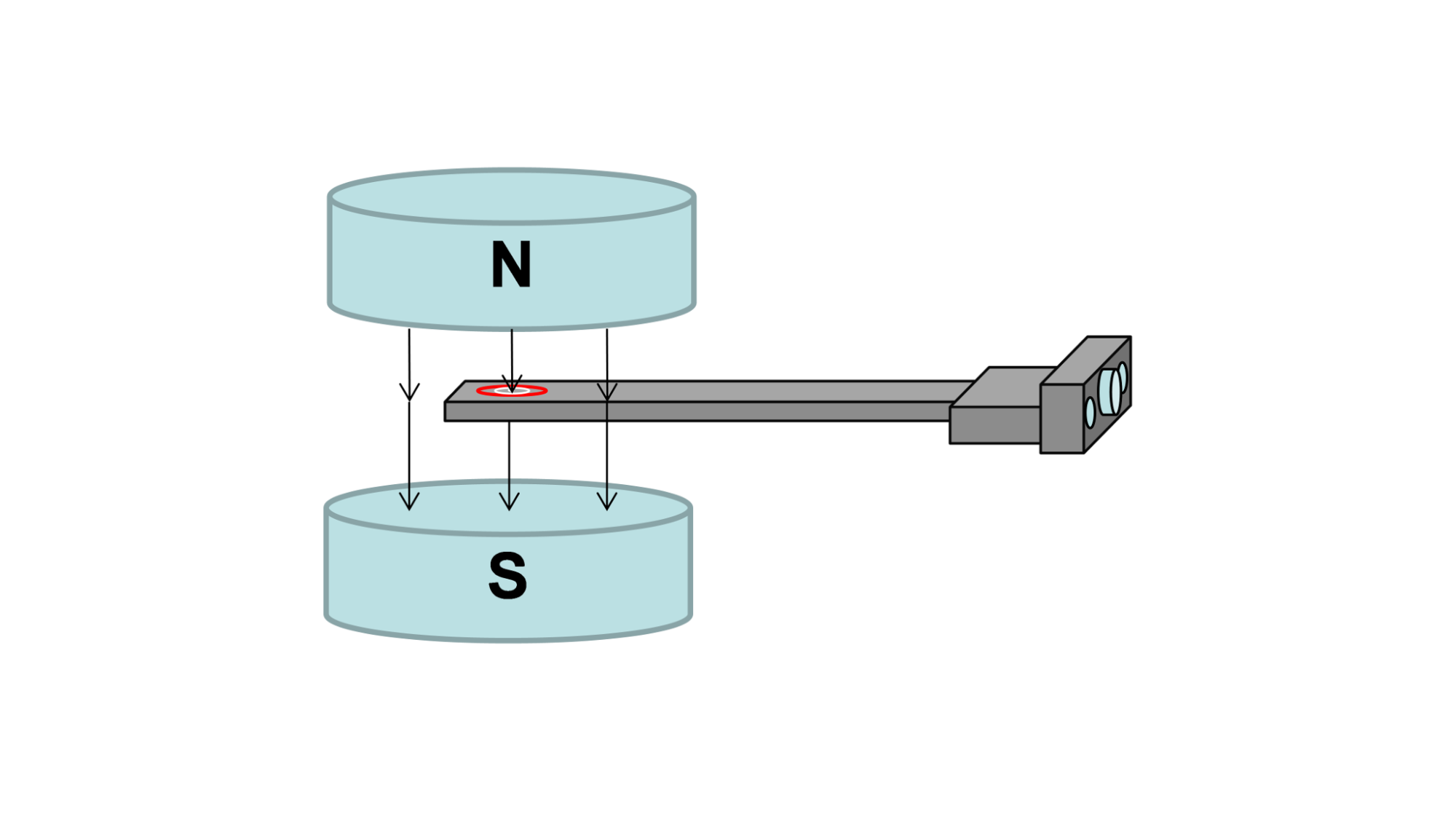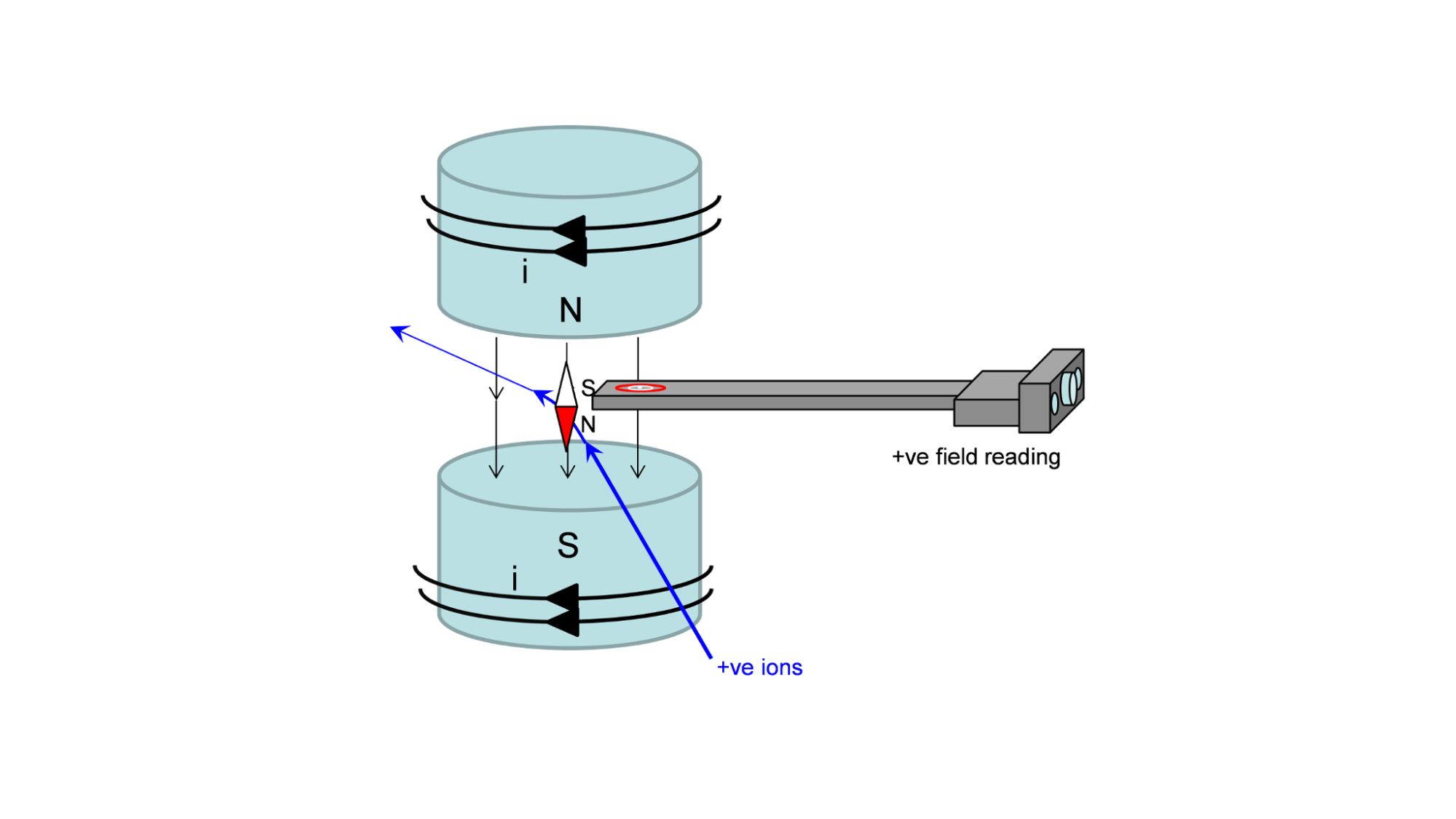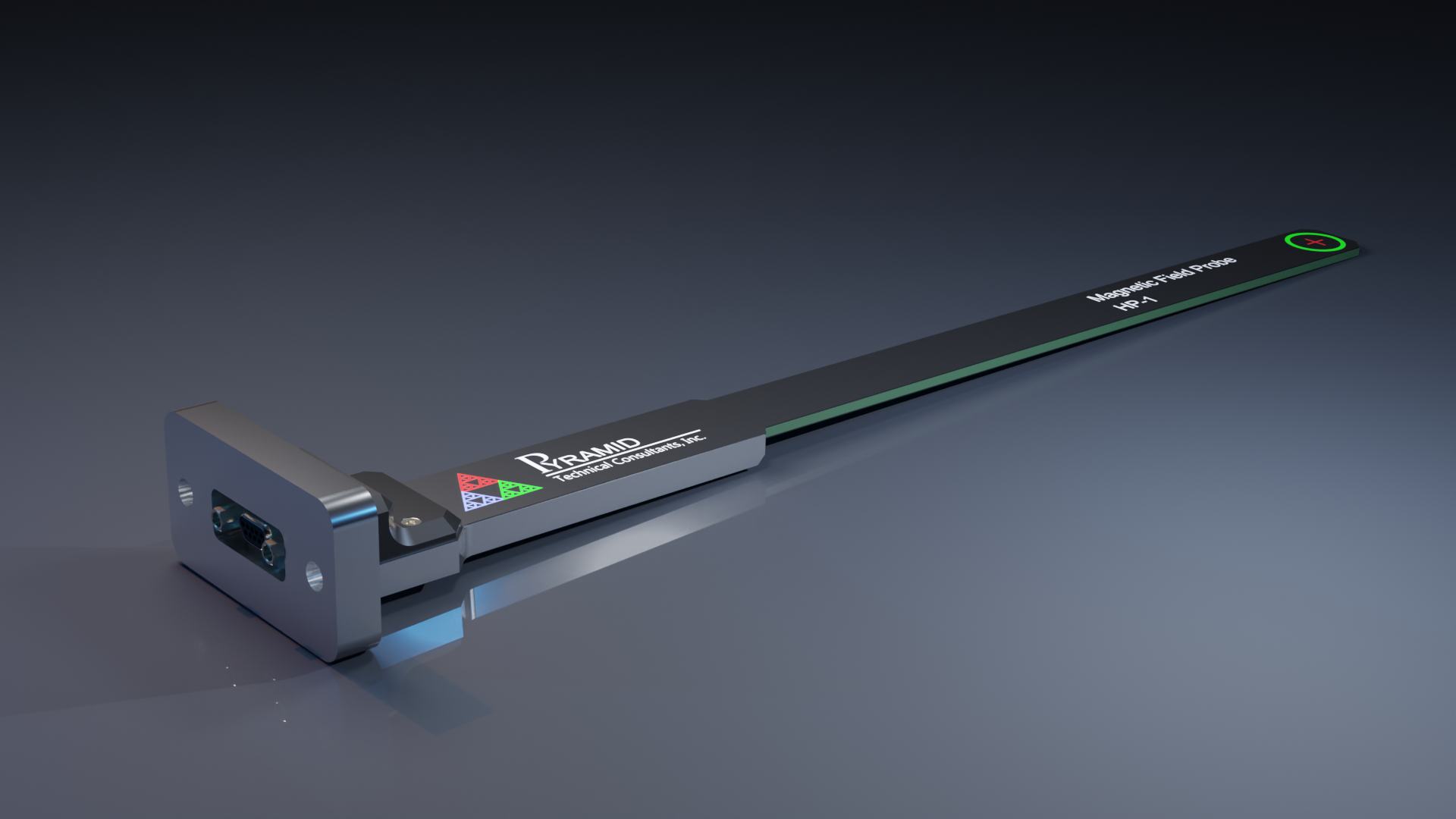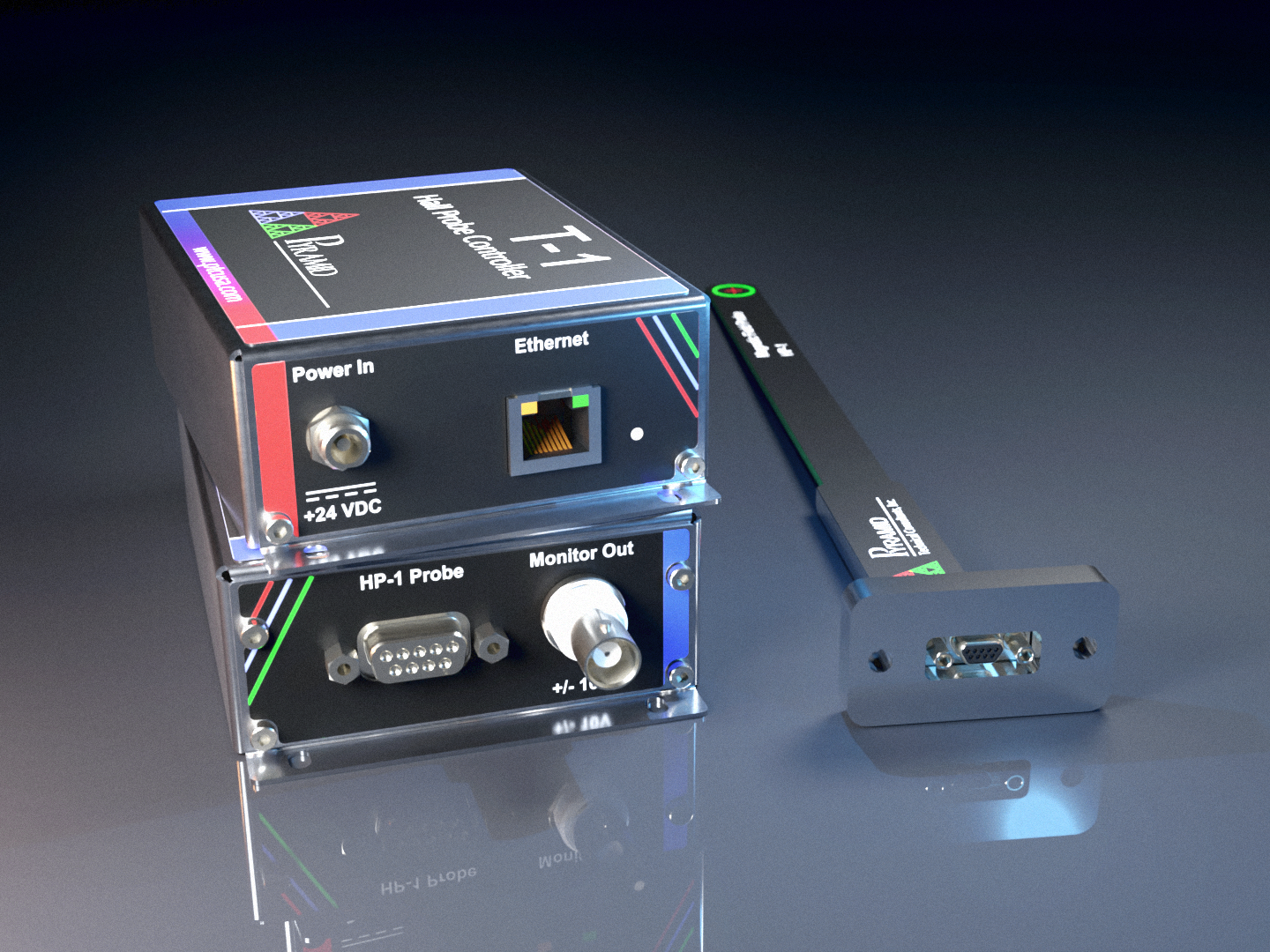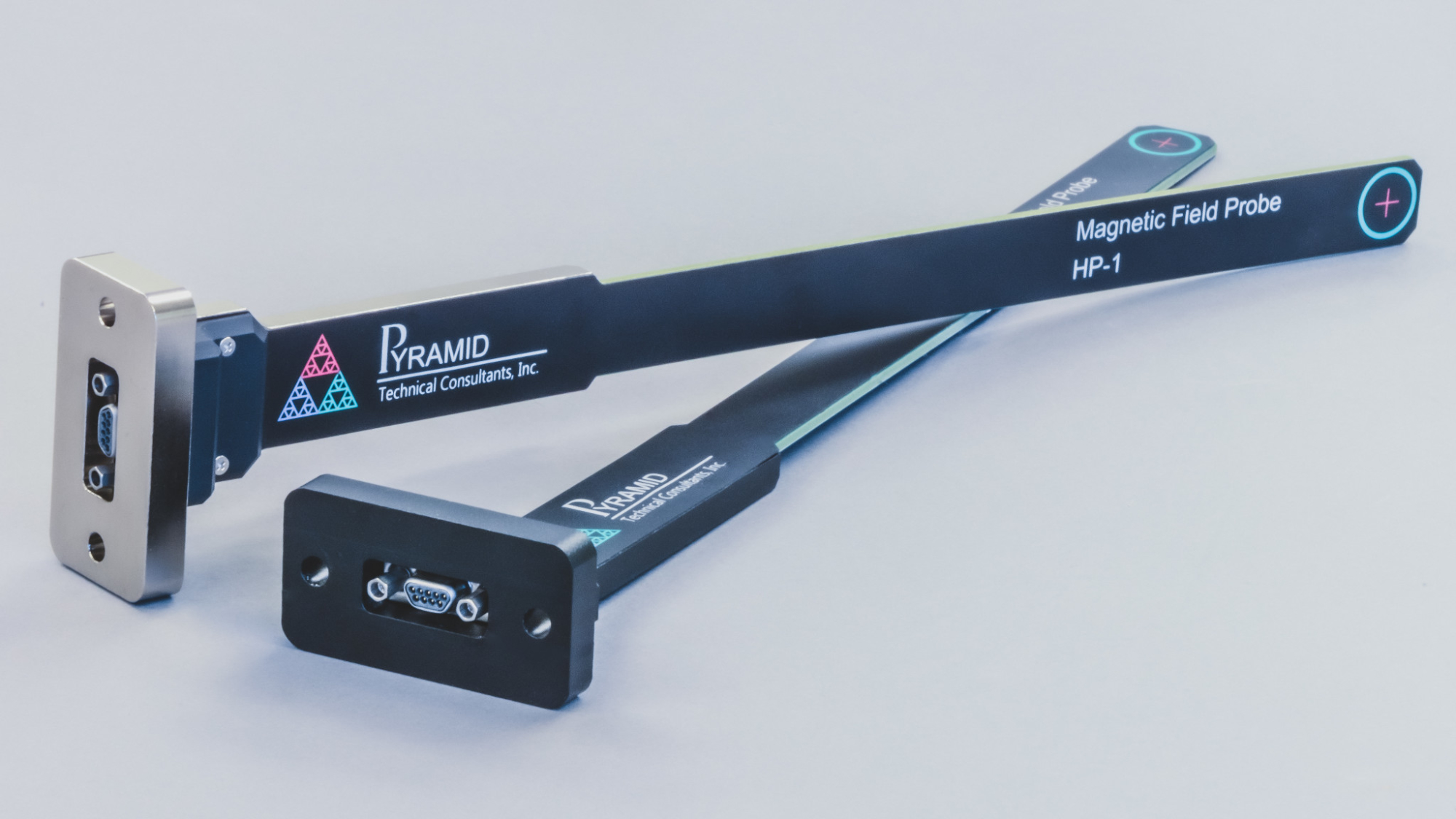
An Introduction to Hall Probes
A Hall probe is an enhanced Hall effect sensor integrated with instrumentation electronics. These components are designed to collaboratively amplify, filter, and convert the sensor's output into a digital signal, thereby enabling precise measurements of magnetic flux density. The output corresponds directly with the magnetic field intensity.
This article presents a succinct explanation of the working principles of Hall probes and essential factors to consider when deploying Pyramid's scientific instrumentation. The goal is to provide you with a comprehensive understanding of these devices and their relevance in scientific applications.
What is a B Field?
The B field, often referred to as the magnetic field, is characterized as a vector field. In layman's terms, this indicates that it possesses direction and magnitude, and at any particular point, it can be separated into three components that are mutually perpendicular. Visualizing this can be quite intuitive: think of magnetic field lines emerging from a magnet's north pole and concluding at its south pole. This alignment showcases the direction of the B field.
A fascinating example of the B field in action is a compass. It always points toward Earth's geographic North because it aligns with the magnetic field. Intriguingly, this means that the Earth's magnetic North is actually a south magnetic pole, as it attracts the compass's north pole, revealing a counterintuitive aspect of Earth's magnetic orientation.
Orientation and Mounting Considerations
A Hall probe's configuration and positioning in a magnetic field are crucial to its optimal functioning. Primarily, the Hall element, being a 2-dimensional structure, is highly sensitive and delivers the most accurate readings when arranged perpendicular to the B field direction. The orientation matters; for instance, in a specific arrangement, the probe reads a positive field. Flip the orientation, and you get a negative field reading.
For precise measurements, it's essential that the probe's sensitive area is well within the magnetic field you're examining. Be mindful of potential fringe field curvature, which could influence your readings.
Moreover, if your field comprises substantial AC components, the probe's mounting structure must be non-conductive. This precaution helps prevent inaccuracies in your measurements due to eddy currents. This way, you ensure the integrity of your data and the efficacy of your Hall probe.
B Fields with Positive Ions
Pyramid Hall probes often measure electromagnets in beamlines. Consider an electromagnet creating a field that deflects a positive ion beam. In this scenario, a positive reading from the Hall probe directly aligns with the current flow direction within the electromagnets. Hence, the Hall probe readings provide an accurate indication of ion beam behavior in these systems, enhancing beamline management and performance.
To illustrate, consider an electromagnet generating a field that deflects a positive ion beam. This scenario is depicted in the accompanying figure for your reference. With the illustrated orientation, a positive reading from the Hall probe indicates deflection in the same direction as the current flow within the electromagnets.
Overcoming Repeatability Challenges
Hall probes, while excellent tools for measuring magnetic fields, can be susceptible to drift due to temperature fluctuations and radiation exposure. Temperature drift can affect the accuracy of readings by causing shifts in the output signal, thereby resulting in measurements that aren't true reflections of the magnetic field intensity. Similarly, radiation exposure can lead to cumulative damage at the semiconductor level, affecting the probe's performance and longevity over time.
To mitigate these issues, certain strategies are employed. Integrated temperature sensors, for example, allow for real-time compensation of temperature drift. These sensors constantly monitor temperature changes and dynamically correct the output of the Hall probe, ensuring the accuracy of magnetic field measurements regardless of environmental conditions. Additionally, the use of radiation-hard semiconductors in the construction of the Hall probe significantly enhances its radiation tolerance. This means that the probe can maintain its accuracy and performance even in high-radiation environments, making it an invaluable tool in applications such as particle accelerators and beamlines.
HP1 Hall Probe & T1 Gaussmeter
The HP1 Hall probe and T1 control unit, designed with unique features, form an ideal combination for precise magnetic field measurements. HP1 is a radiation-resistant sensor, specifically tailored for accelerator applications, and boasts a wide detection range of 0.1 Gauss to 2.8k Gauss (or 2.8 Tesla). With its built-in temperature sensor, real-time dynamic correction is possible, further enhanced by a high-precision gain amplifier for improved accuracy. Moreover, the sensor's customizable 3D-printed housing ensures compatibility with any magnet configuration.
The T1 control unit complements the HP1 by offering measurements from 0 to 2.8 Tesla in a fully bipolar manner, along with excellent noise characteristics. It operates with data rates from 25kHz to 10Hz and interfaces seamlessly via JSON HTTP, WebSockets, or EPICS API. The control unit provides a +/-10 Volt calibrated BNC monitor output and, like the HP1, allows dynamic temperature correction and user zeroing through a GUI or programmable API. This combination ensures precise, reliable, and user-friendly magnetic field measurements.
Sales & Technical Enquiries:
sales@ptcusa.comService & Returns:
support@ptcusa.comMedia & Others:
contact@ptcusa.com© 2025 Pyramid Technical Consultants, Inc
